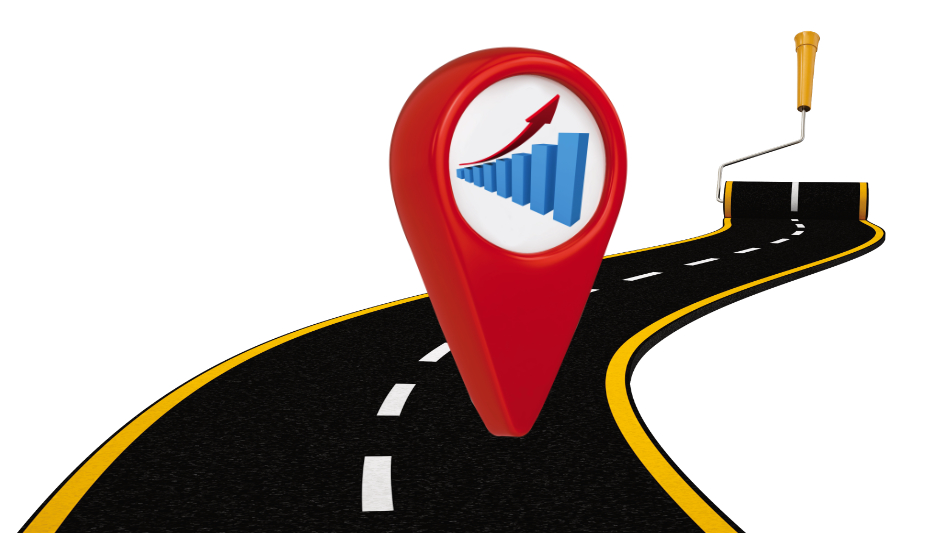All
Improved Efficiency Leads to Stronger Margins
by Martin Kirshner and Joe Ciccarello, Gray, Gray & Gray, LLP

10 Ways to Improve Efficiency and Profits
Any business owner or manager should be seeking continuous improvement in their organization’s efficiency. Optimizing operational efficiency saves time and money, opens the door to expanded services, and keeps employees and customers happy. More importantly, working more cost-effectively can lead to improved profitability.
Sometimes improvement comes down to revisiting the basics and making sure you are doing things the right way. You can also take advantage of advances in technology to streamline operations, helping to ensure work gets done with minimum waste and maximum productivity. Here are 10 ways a propane or heating oil marketers can boost efficiency (and profits). Which of these are you already doing? Which would offer your business the most value if implemented?
1. Optimize Delivery Routes: Utilize route optimization software to plan the most efficient delivery routes, taking into account factors such as customer locations, traffic patterns, and the seasonal cycles of fuel consumption. This will help reduce travel time, mileage, and fuel costs, and might even allow you to reduce your delivery fleet – or expand your service area. Route optimization also applies to service vehicles.
2. Invest in Fleet Management Systems: Implement GPS tracking and telematics systems in your delivery and service vehicles to monitor and manage your fleet effectively. These systems can provide real-time data on vehicle location, fuel consumption, driver behavior, and maintenance needs, allowing you to optimize vehicle uptime.
3. Streamline Inventory Management: The latest inventory management software can help you track fuel levels accurately and efficiently. This can help prevent oversupply or shortages, reduce manual errors, and improve inventory turnover. Again, the same software may be able to help you track parts inventory and manage a “just-in-time” delivery system from suppliers.
4. Implement Automated Scheduling and Dispatching: Use scheduling and dispatching software to automate and optimize your service calls and fuel deliveries. This helps in assigning the best driver or technician to the job, minimizing idle time and enhancing overall productivity.
5. Enhance Customer Communication: Invest in a customer management system that allows for effective communication and streamlined customer interactions. This system should enable customers to place orders online, track deliveries, and request equipment service. Implementing automated alerts and notifications can also keep customers informed about delivery schedules and service updates.
6. Focus on Preventive Maintenance: Develop a proactive maintenance strategy for your vehicles and equipment. Regularly inspect your trucks, tanks, and other machinery to identify potential issues before they become major problems. This approach minimizes downtime, extends the lifespan of your equipment, and reduces costly emergency repairs.
7. Train and Empower Employees: Provide comprehensive training for your employees, ensuring they understand their roles and responsibilities. Empower them to make decisions and solve problems independently, reducing the need for constant supervision. Additionally, encourage feedback and suggestions from your team to identify areas for improvement and foster a culture of continuous improvement.
8. Monitor and Analyze Performance Metrics: Track key performance indicators (KPIs) to measure the efficiency of your operations. Monitor metrics such as delivery time, fuel consumption, equipment uptime, customer satisfaction, and employee productivity. Regularly analyze these metrics to identify bottlenecks and areas for improvement.
9. Explore Automation and Digitization: Evaluate opportunities for automating and digitizing your business processes. This could include automating billing and invoicing, implementing electronic payment options and digitizing paperwork and documentation. Automation reduces manual errors, enhances speed, and improves overall efficiency.
10. Continuously Seek Feedback: Regularly request feedback from customers to understand their needs and satisfaction levels. Use this feedback to refine your services, address any issues, and improve the customer experience. Satisfied customers are much less likely to leave for another supplier, even if there is a price difference in fuel costs. They are also much more likely to recommend your company to others.
Tailoring these recommendations to the specific needs and characteristics of your business and then implementing the steps can help you enhance the efficiency of your propane or heating oil company while also improving customer service and, ultimately, boosting profits.
Marty Kirshner and Joe Ciccarello are Partners in the Energy Practice Group at Gray, Gray & Gray, LLP, a business consulting and accounting firm that serves the energy industry. They can be reached at (781) 407-0300 or powerofmore@gggllp.com.
Related Posts
 U.S. Competing to Secure Critical Minerals
U.S. Competing to Secure Critical Minerals
Posted on June 16, 2025
 The Clean Air Act, the EPA, and State Regulations
The Clean Air Act, the EPA, and State Regulations
Posted on May 14, 2025
 Day Tanks Support Back-up Generators in Extreme Conditions
Day Tanks Support Back-up Generators in Extreme Conditions
Posted on March 10, 2025
 Major Breakthrough in Lithium-Ion Batteries
Major Breakthrough in Lithium-Ion Batteries
Posted on February 12, 2025
Enter your email to receive important news and article updates.
